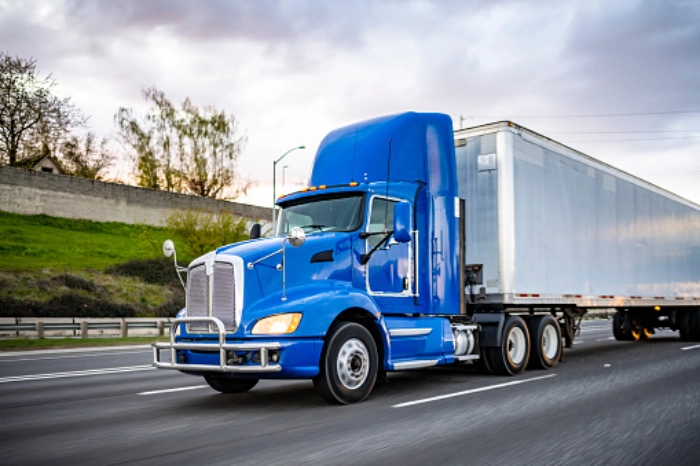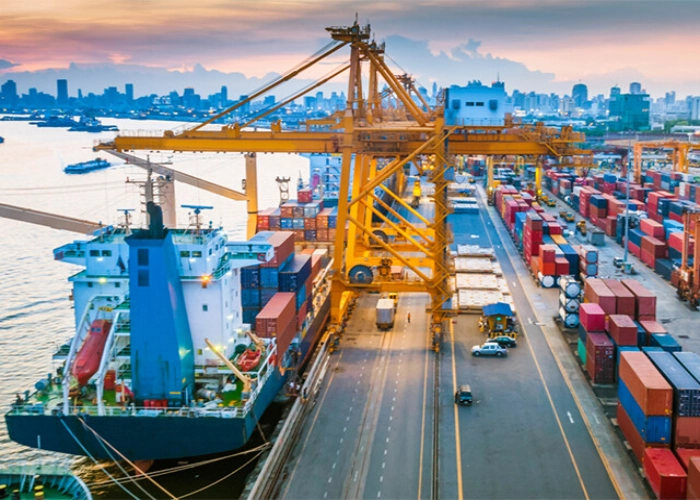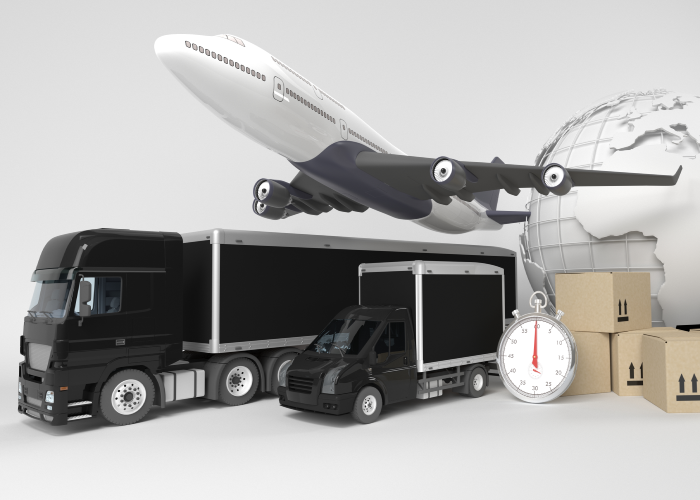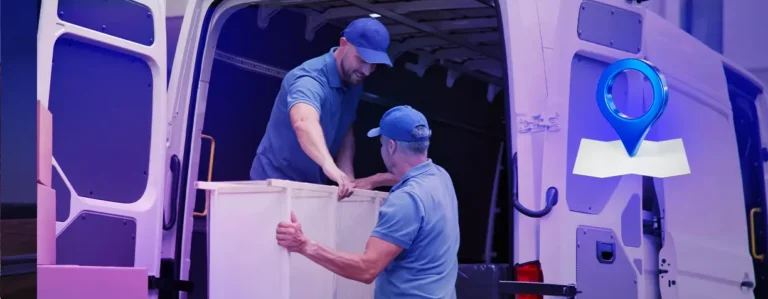As we know, the four main types of transport options in logistics are road, ocean, rail, and air shipments. While each of these modes of transportation has unique benefits. It’s better to know which method is right for your business requires careful consideration.
In a world where fast shipping is not just a luxury, but an expectation. Choosing the right type of logistics transportation for your business is crucial to the success of your business, the safety of your product, and the happiness of your customers.
Table of Contents
Types of Transportation List in Logistics
No matter how you ship, each method has advantages and disadvantages. The secret to finding the best types of transport in logistics for your business is to understand these differences.
Road transportation in 3pl Logistics
Trucking is ideal for industries that require small, fast shipments directly to the door of a business, 3pl warehouse, or consumer and is equipped to handle potential delays.
Advantages:
- Fewer Restrictions: There are far fewer restrictions on trucking freight, including heavy or hazardous materials. Trucking is also easier to track than other modes of transportation. Due to built-in navigation systems and real-time tracking capabilities, so you always know exactly where your shipment is.
- Less Cost: Truck freight is very affordable compared to air and sea freight. Because associated expenses, such as fuel and truck maintenance, are much less expensive.
- Greater accessibility: road transport is very accessible. Most businesses have easy access to a major highway system. While not all businesses have access to rail, airports, or ships for other forms of transportation.
- More options: With trucking, you have unlimited options available to you. There are many different specialized trucking companies that can transport perishable, dangerous, or oversized goods.
- Enables door-to-door shipping: The most important benefit associated with trucking is the ability to ship a product directly to the consumer’s door.
Read more: What is the Cost of Land in Logistics? A Complete Landed Cost guide
Disadvantages:
- Time: Trucking can take longer and is more susceptible to shipping delays than other methods. The average truck travels approximately 50 to 60 miles per hour on major highways. Other factors, such as road closures, bad weather, or heavy traffic, can also have unpredictable impacts on delivery times.
- Control: Because of how trucking works, you don’t have as much control over how your products are handled.
Related article: Four Logistics Trends to Watch

Marine transportation
Ships are capable of carrying vastly heavier loads for a fraction of the cost. It is the preferred carrier for large items shipped in bulk. Like metals, produce, building materials, and others that cannot be reasonably transported by air.
Advantages:
- More Space and weight: Cargo ships vary in length and can carry thousands of tons of weight. For this reason, ships are often the best and only option for large products or large quantities that need to be moved at the same time.
- Fewer Costs: Sea freight is often a cheaper option than air freight due to lower fuel costs.
- More Security: Because ships operate on a set route and planned schedule, your shipment will have minimal handling. Most of the time, it will be safely stored in a slow-moving container, which is preferable for products that are easily damaged.
Disadvantages:
- Speed: Although ships are capable of carrying much larger loads than other types of transport, shipping takes much longer.
Railway transportation
Since the invention of the railway, trains have played an important role in trade and logistics around the world. Rail transportation is ideal for businesses that require fast, scheduled ground transportation.
Advantages:
- More cargo capacity: Trains can carry heavy bulk cargo, such as coal, over long distances. They can handle more weight than trucking.
- Reduces chances of delays: Trains operate on a fixed schedule, making them a predictable and reliable form of transportation. Because the railroads operate independently, train shipments are less prone to delays that affect truckloads. Like traffic jams or inclement weather.
- Minimizes your environmental impact: The environmental impact of a shipment depends on a combination of several different factors. Trains tend to have less of an impact than trucks, planes, and ships because they require less fuel to operate.
Disadvantages:
- Transit Time: Rail freight is slower than truck and air freight, often requiring multiple transfers throughout the shipping process.
- Accessibility: Not all areas have access to rail tracks. So rail transportation almost always requires other forms of transportation to move products. Rail transportation is often combined with trucking for efficient delivery.
Related article: What Is Expedited Shipping & Why Would I Need It
Air Transportation
Airfreight is accessible in most parts of the world and is ideal for shipments that need to move quickly over long distances, including overseas. Air transport, one of the essential types of transport, also has a wide scope compared to rail and sea transport. As it is an ever-expanding industry with several thousand airports and runways in operation around the world.
Advantages:
- Fast deliveries: Despite the possibility of occasional flight delays, air freight is significantly faster than delivery by ship, truck, or plane in most circumstances. In addition, the planes operate on a fixed schedule.
- More safety: Aircraft offer this speed with little or no compromise on product quality, providing optimal protection and safe handling due to rigorous flight checkpoints and little in-flight interference.
Disadvantages:
- Cost: Airfreight is more expensive than trucking due to higher fuel costs and additional expenses. Costs like tickets, maintenance, checkpoints, and special handling fees for certain materials, shipping containers, and more.
- Limitations: Due to the nature of air travel, there are certain limitations that some businesses may find difficult to navigate, including size, weight, and product restrictions.

Conclusion
It is obvious that each mode has its own advantages and disadvantages for its role in the transportation industry. A primary responsibility of logistics managers around the world is calculating the best mode for a specific shipment. Every factor comes into play: volume, speed, distance, and cost.
What features are important to your business when it comes to choosing different types of transport?
Do you value speed over cost, cost over volume, volume over distance, or the exact opposite?
By knowing which model is best for your business, you can make the decisions you need to grow your business and create a winning supply chain.





